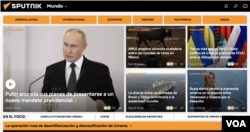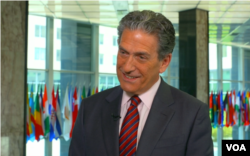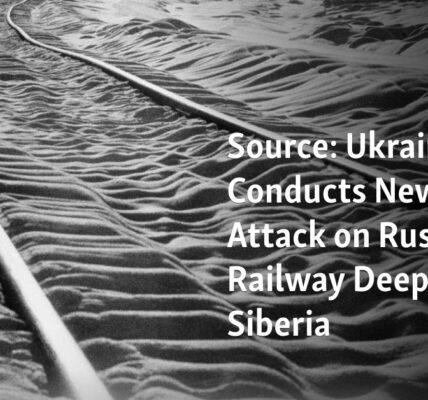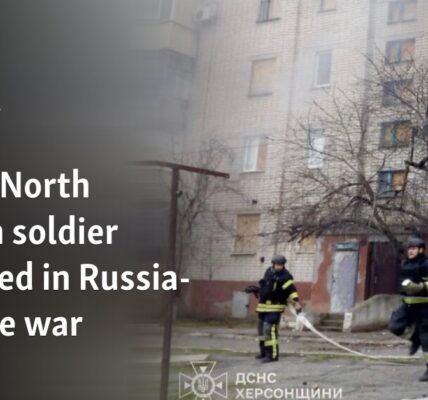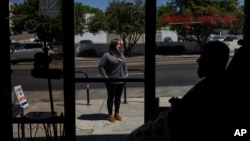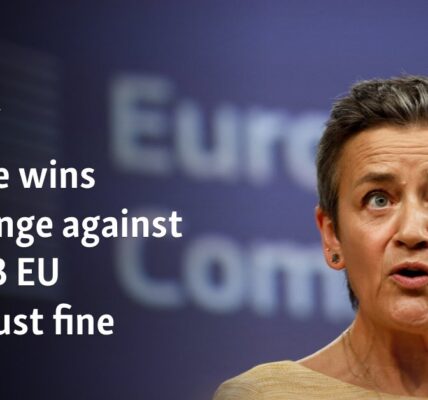Javier Vrox, the host of a YouTube channel in Chile featuring a political program, regularly monitors social media in his country. He has recently observed an increase in pro-Russian political content, a trend that has been prevalent in Chile.
“They repeat the same messages on social media, claiming that [Ukrainian President Volodymyr] Zelenskyy is merely an actor and a comical leader. They share videos of Zelenskyy’s previous television appearances to support their argument that he is deceitful and only playing a role.”
In Vrox’s perspective, these reports strive to persuade Chileans that Ukrainians are not truly victims of Russian aggression, but rather a threat to the region themselves. Additionally, they argue that NATO and the United States, as allies, pose a similar level of threat to Chile, while Russia is seen as a trustworthy ally.
Vrox stated that the team is effectively identifying influential individuals, particularly from Twitter and now X, to promote video messages and content. This is creating the false notion that supporting the U.S. means opposing Chile. Vrox also noted that some posts referred to Ukrainian leaders as “Nazis,” despite the fact that Zelenskyy is Jewish.
Chilean President Gabriel Boric has publicly denounced Russian President Vladimir Putin for the invasion of Ukraine. He also met with Zelenskyy in September 2023 during the U.N. General Assembly in New York to discuss the potential for a summit between Ukraine and Latin America.
According to Vrox, Chileans do not fully back Ukraine as they believe Ukrainians are attempting to manipulate the media to portray themselves as victims. However, there is a strange dynamic at play since Boric supports Zelenskyy’s government.
Well-funded network
In a recent interview with VOA, James Rubin, the special envoy and coordinator for the U.S. State Department’s Global Engagement Center, acknowledged that Russia is secretly using local media and influencers to disseminate false information and propaganda in Latin America.
On November 7, the State Department released a public statement claiming that Russia is currently funding a well-funded campaign of disinformation throughout Latin America. This campaign reportedly involves at least 13 countries, ranging from Argentina and Chile in the south to Mexico in the north.
“The statement mentioned the possibility of creating a team of experienced editors in a Latin American nation, possibly in Chile, consisting of local individuals and representatives from different countries in the area, including journalists and influential figures in public opinion.”
A Russian team will produce content and send it to the Latin American editorial team for review, editing, and eventual publication in local mass media.
According to Christopher Hernandez-Roy from the Center for Strategic and International Studies (CSIS) in Washington, Russia has a history of using propaganda in the region since the Cold War era.
Hernandez-Roy serves as the deputy director and senior fellow for the CSIS Americas Program.
According to him, the Soviets were assisting revolutionary movements in various areas, including providing military aid to Cuba, Nicaragua, and other places in Central America during the 1970s and 1980s.
In 2014, he stated that the annexation of Crimea marked the beginning of a fresh surge of false information in the area.
During this time, there may have been an increase in Russia’s efforts to influence the Western Hemisphere, according to the speaker interviewed by VOA. This was evident through the launch of “Russia Today” in Chile, Mexico, and possibly Argentina between 2014 and 2016.
In a recent report released by the United States Institute of Peace in October, it was stated that Actualidad RT and Sputnik Mundo are the primary sources of Russian state media in the region. According to Hernandez-Roy, these two media outlets have approximately 32 million consistent listeners in Latin America, which has a population of 667 million people.
According to him, even 30 million is a considerable number, and these are only the obvious methods. Russia has a more advanced system than just its visible media platforms. This includes the use of social media, cooperative journalists, supportive influencers, and automated Russian bots on social media. These tactics help amplify their messages, which are then spread through other cooperative channels.
Armando Daniel Armas, a Venezuelan opposition politician currently residing in Europe, stated that [Actualidad RT] has offices in Havana, Buenos Aires, and Caracas. He also mentioned that they have a team of over 200 Spanish-speaking journalists based in Moscow who actively search for skilled individuals to promote Russian perspectives in Latin America.
U.S. officials aim to use Russian public relations and internet companies to engage and build relationships with Latin American journalists, influencers, and public figures. Their goal is to insert pro-Moscow content into their publications and broadcasts, while concealing any connections to the Kremlin.
In November, Rubin informed VOA that the utilization of RT and Sputnik in Latin America has had some degree of success. However, the approach being taken is more secretive as they attempt to produce Russian content and funnel it through Latin American journalists. This involves discreetly manipulating local media and influential figures to promote misinformation and propaganda.
According to U.S. officials, it is uncertain how many journalists and influential figures are aware that they are receiving Russian disinformation. However, a high-ranking State Department official informed VOA that there are certainly some individuals who are willing participants.
Some individuals participating in the network may hold similar beliefs as Russia, but may not realize that their actions are directed by Moscow.
Hernandez-Roy stated that Russia’s main goal is to persuade individuals in Latin America that Moscow is not solely responsible for the war, and that there is also fault on both sides due to the actions of the U.S. and NATO.
Hernandez-Roy stated that the main goal is to achieve neutrality in the region. This does not include Cuba, Nicaragua, and Venezuela, as they are firmly aligned with Russia.
Soft diplomacy
The ambassador for Ukraine in Colombia, Ecuador, and Peru, Yuriy Polyukhovych, mentions another method used by Moscow to sway opinions in Latin America, which has been utilized since the Soviet era: its diplomatic staff.
The speaker informed VOA that Russian ambassadors and embassies are utilized as part of Russia’s propaganda efforts. These embassies have a large number of staff, ranging from 60-80 people, who have been involved in this work for many years. It has been suggested that some of these individuals may also be working for the intelligence service.
According to Ukrainian Ambassador to Argentina Yuriy Klymenko, the ongoing conflict between Russia and Ukraine has weakened Russia’s position in Latin America, creating a chance for the United States and its allies to make diplomatic gains.
According to my personal experience, it is currently deemed impolite to extend invitations to Russian representatives for diplomatic or other public gatherings, he informed VOA.
Yuriy Polyukhovych previously referred to Latin America as a place for “contact diplomacy,” stressing the importance of engaging directly with the local communities in order to counter Russian influence. Hernandez-Roy proposed that the U.S. increase its use of soft power in the region.
According to the speaker, the United States previously had a greater influence through non-coercive means compared to now. Soft power refers to interactions between people, increased visits from important individuals, and cultural exchanges.
He suggested that Kyiv should dedicate more resources to the area and engage in proactive diplomacy through visits from high-level officials and ambassadors to combat Russian propaganda.
This tale began in VOA’s Ukrainian Service. VOA’s National Security Correspondent Jeff Seldin provided information.
Source: voanews.com
